The decision kicks off the RIIO-3 price control period from 2026 to 2031 and includes funding for 80 electricity transmission projects aimed at connecting up to 126GW of clean energy capacity by 2030.
More than £15bn will go towards maintaining and operating the national gas grid and four regional distribution networks, while £8.9bn is being committed upfront to the high-voltage electricity transmission system – with another £1.3bn in reserve for ready-to-go projects.
The full grid investment programme is expected to top £80bn by 2031 – the largest power network expansion since the 1960s. Upgrades will include 4400km of existing overhead lines and 3500km of new circuits, including offshore projects.
| Approved upfront £24.2bn over the RIIO-3 | |
|---|---|
| Investment Area | Funding Approved (ex VAT) |
| Electricity transmission upgrade (initial) | £8.9bn |
| ‘Use it or lose it’ electricity investment | £1.3bn |
| National Grid (NGET) | £4.2bn |
| SSEN | £3.1bn |
| Scottish Power (SPT) | £1.6bn |
| Advanced Procurement Mechanism (APM) | £4bn (accelerated access) |
| Gas transmission system maintenance | £2.5bn |
| Gas distribution networks (regional) | £12.8bn |
| Total approved baseline investment | £24.2bn |
The plan aims to shield households from future energy price spikes caused by global gas volatility, while cutting costs from wind farm constraint payments and improving grid resilience.
The move follows months of cost scrutiny by the regulator, which slashed over £8bn from company bids – around 26% – to keep spending efficient and protect consumers.
A 6% equity return cap was also imposed on private investors.
Network costs on household energy bills are expected to rise by £104 by 2031, but savings from grid efficiencies are projected to leave bills £30 lower than they would have been without the investment.
Ofgem boss Jonathan Brearley said: “This record investment will deliver a homegrown energy system that is better for Britain and better for customers. Doing nothing is not an option and will cost consumers more.”
The consultation on the draft determination runs until later this year, with final decisions due by end of 2025.














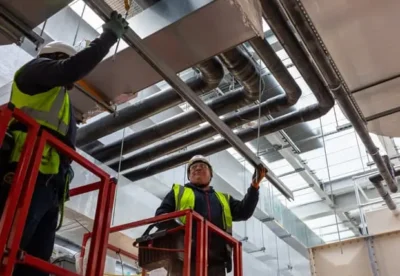

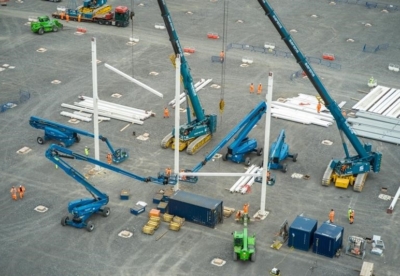





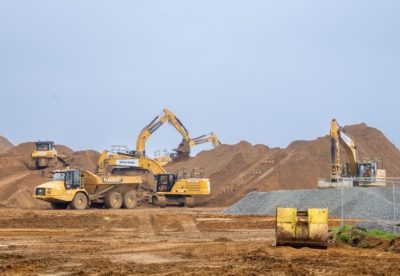
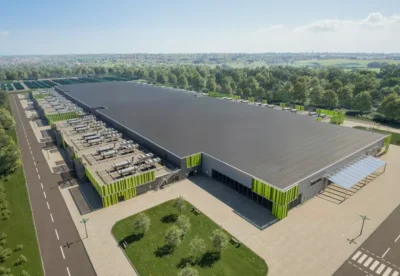






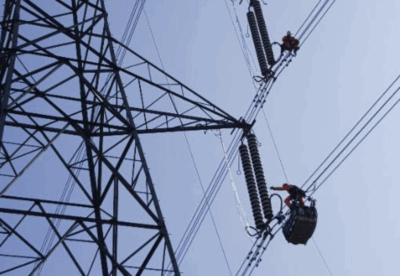



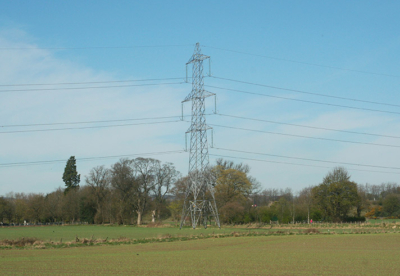




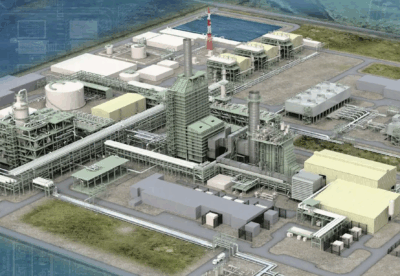






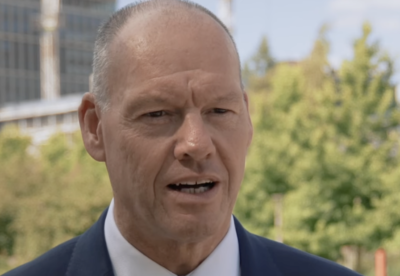








 (300 x 250 px) (2).png)